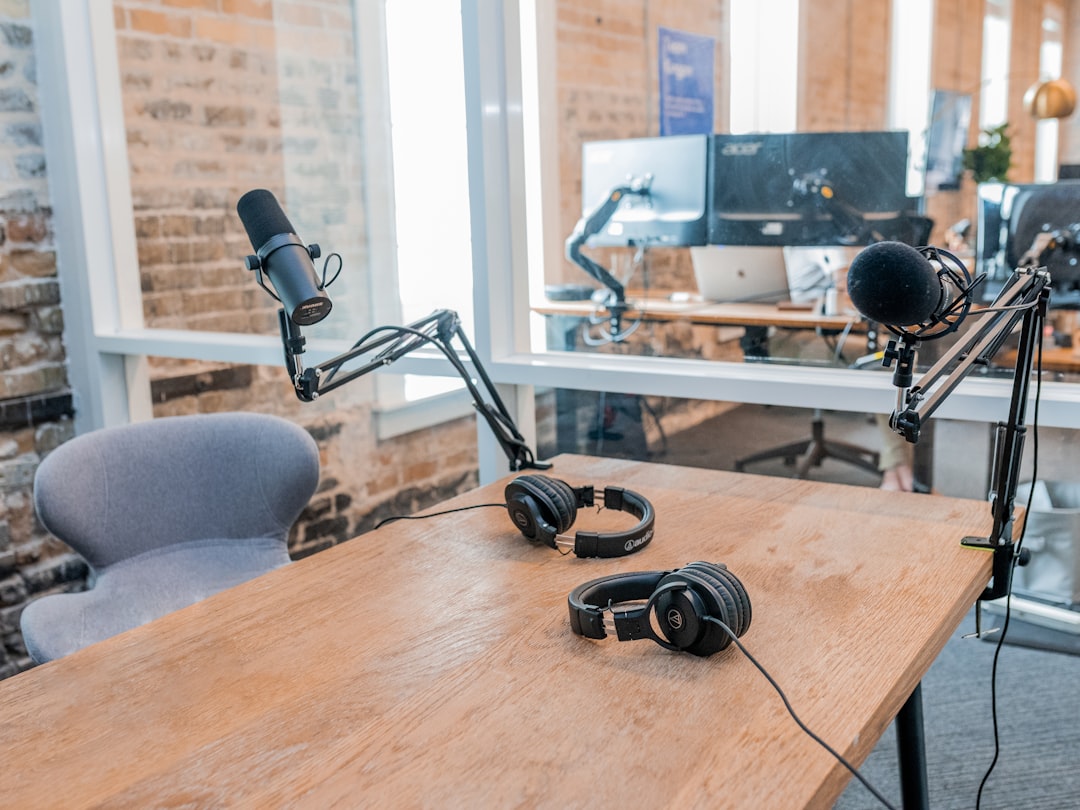How to Recover Quickly from a Google Penalty

How to Recover Quickly from a Google Penalty
Introduction: Understanding the High Stakes of a Google Penalty
A Google penalty can feel like an earthquake under your website. One day you’re ranking, the next day traffic drops like a rock. Revenue plummets. Leads dry up. Panic sets in.
But here’s the good news: it’s not the end. While Google penalties can be devastating, recovery is possible---especially if you act methodically and decisively.
This guide will provide a maximum-depth, highly actionable walkthrough of how to detect, diagnose, and recover from a Google penalty. Whether it’s algorithmic or manual, you’ll learn how to clean up your site, regain Google’s trust, and reestablish your SEO momentum.
Chapter 1: What Is a Google Penalty?
1.1 Definition
A Google penalty is a negative impact on a website’s search rankings caused by actions that violate Google’s Webmaster Guidelines. It can be automatic (algorithmic) or manual (human-reviewed).
1.2 Manual vs. Algorithmic Penalties
-
Manual Penalty: Triggered by a manual review, often found in Google Search Console (GSC) under “Security & Manual Actions.”
-
Algorithmic Penalty: Triggered by Google’s core algorithm updates (e.g., Panda, Penguin, Hummingbird). Not explicitly reported in GSC.
1.3 Common Causes
-
Thin or duplicate content
-
Unnatural backlinks or link schemes
-
Keyword stuffing
-
Cloaking or sneaky redirects
-
Spammy structured data
-
Hidden text or doorway pages
Chapter 2: Identifying a Penalty
2.1 Check Google Search Console
-
Navigate to “Manual Actions”
-
Look for warnings about spammy content, unnatural links, security issues
2.2 Monitor Traffic Drops
-
Use Google Analytics or GA4 to pinpoint when traffic declined
-
Compare with SEO tools (Ahrefs, SEMrush, Moz) to detect ranking drops
2.3 Cross-Reference With Algorithm Updates
-
Visit Moz’s Google Algorithm Update History or Marie Haynes’ blog
-
Align your traffic drop with known update dates
2.4 Assess Your Keyword Rankings
-
Identify lost keywords in GSC, Ahrefs, or SEMrush
-
Note which pages dropped in visibility
Chapter 3: Diagnosing the Root Cause
3.1 Backlink Profile Analysis
-
Use Ahrefs or Majestic to audit:
-
Anchor text diversity
-
Linking domain quality
-
Toxic links from PBNs, forums, comment spam
-
3.2 Content Quality Audit
-
Evaluate:
-
Duplicate content (use Copyscape, Siteliner)
-
Thin content (low word count, no value)
-
Keyword stuffing or unnatural writing
-
3.3 Technical SEO Review
-
Check for:
-
Mobile usability issues
-
Core Web Vitals
-
Crawl errors (via GSC)
-
Broken redirects or canonicalization issues
-
3.4 User Experience (UX) Signals
-
High bounce rates
-
Low time on site
-
Poor engagement metrics (from Google Analytics, Hotjar, etc.)
Chapter 4: Taking Corrective Action
4.1 Fixing Backlink Issues
-
Disavow toxic domains via GSC tool
-
Reach out to webmasters to request link removals
-
Diversify anchor text
-
Build fresh, high-quality links from trusted sources
4.2 Cleaning Up Content
-
Remove or rewrite thin pages
-
Deindex duplicate or useless content
-
Consolidate content hubs (combine similar posts)
-
Add structured data where relevant
4.3 Technical Fixes
-
Resolve crawl errors
-
Fix redirect chains and loops
-
Optimize site speed
-
Update robots.txt and sitemap
-
Validate all Core Web Vitals
4.4 UX Improvements
-
Simplify navigation
-
Use mobile-first design
-
Improve page load times
-
Add internal links and breadcrumbs
Chapter 5: Submitting a Reconsideration Request (Manual Penalty Only)
5.1 When to Submit
Only after all violations have been addressed and documented.
5.2 How to Write an Effective Request
-
Be honest and transparent
-
Detail every fix made
-
Include supporting evidence (before/after screenshots, link audits)
-
Show intent to comply long-term
5.3 Wait Time
-
It can take a few days to several weeks
-
Monitor for updates in GSC
Chapter 6: Recovering from Algorithmic Penalties
6.1 Algorithmic Penalties Can’t Be Appealed
- There’s no form---only fixes and patience
6.2 Continual Optimization
-
Publish high-quality, original content
-
Regularly audit backlink profile
-
Stay current with SEO best practices
6.3 Monitor Improvements
-
Track rankings weekly
-
Watch for crawl rate increases
-
Submit new content to GSC for indexing
Chapter 7: Preventing Future Penalties
7.1 Build an Ethical SEO Strategy
-
Focus on value, not tricks
-
Avoid manipulative link schemes
-
Use white-hat content strategies
7.2 Regular Audits
-
Monthly SEO audits
-
Quarterly content pruning
-
Biannual backlink reviews
7.3 Stay Educated
-
Follow trusted SEO blogs: Moz, Search Engine Journal, Google’s Search Central
-
Join communities (SEO Slack, Webmaster World, Reddit’s r/SEO)
Conclusion: Penalties Are Setbacks---Not Sentences
Getting hit by a Google penalty is tough, but recovery is always possible. The key is swift diagnosis, thorough clean-up, transparent communication, and building back better. A penalty isn’t just a punishment---it’s a signal to raise your quality, rethink your strategy, and recommit to delivering value to users.
With the right mindset and action plan, your recovery won’t just get you back where you were---it’ll propel you forward with stronger foundations and a deeper understanding of what sustainable SEO truly means.
FAQs
1. How long does it take to recover from a Google penalty?
Manual penalties: 2—4 weeks. Algorithmic: 1—3 months depending on the update cycle.
2. Will removing toxic backlinks hurt my rankings more?
Short-term, possibly. Long-term, it improves trust and recovery odds.
3. Can you fully recover from a manual penalty?
Yes, if you thoroughly fix the issues and document everything.
4. How can I prevent negative SEO attacks?
Monitor backlinks regularly and disavow suspicious links promptly.
5. Should I hire an expert for penalty recovery?
If you’re unsure of SEO best practices or technical issues, hiring help can speed recovery and reduce risk.